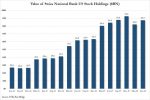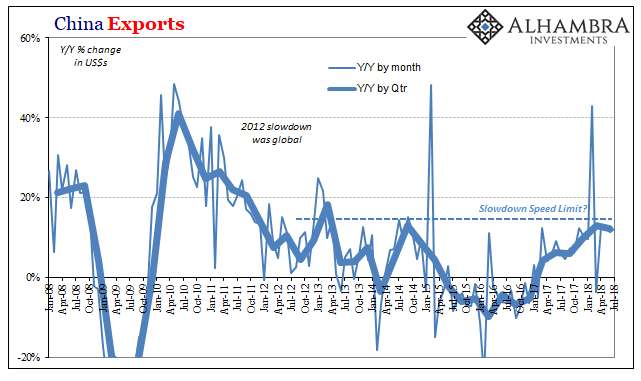Swiss unemployment is at its lowest for 3.5 years, according to the Swiss State Secretariat for Economic Affairs (SECO).
The last time Swiss unemployment reached March 2018’s level was in October 2014.
After reaching a peak of 3.7% in January 2017, the rate had fallen to 2.9% by March 2018. Unemployment has some seasonality however the rate for last March (2.9%) is low even when compared to March 2016 (3.5%) and March 2017 (3.4%).
As usual French-speaking cantons had unemployment rates well above the 2.9% national average: Neuchâtel (5.3%), Geneva (4.9%), Jura (4.0%) and Vaud (4.11%), while rural German-speaking cantons fared best: Obwalden (0.7%), Nidwalden (1.0%) and Uri (1.0%). Other major urban cantons were in between: Zurich (3.0%) and Basel (3.6%).
It is important to note that the way SECO calculates unemployment is incomplete. It defines unemployed as those officially registered as unemployed who still qualify for unemployment benefits. Those who don’t, usually because they have been out of work for a long time, are excluded from SECO’s figures.
A more more comprehensive calculation, which includes all those looking for work, calculated by the International Labour Organisation (ILO), is typically far higher than the SECO rate. Swiss unemployment using the ILO’s unemployment definition was 4.8% in 2017, while SECO’s rate was 3.2%, a 1.6% difference.
Full story here Are you the author? Previous post See more for Next postTags: newslettersent,SECO







































